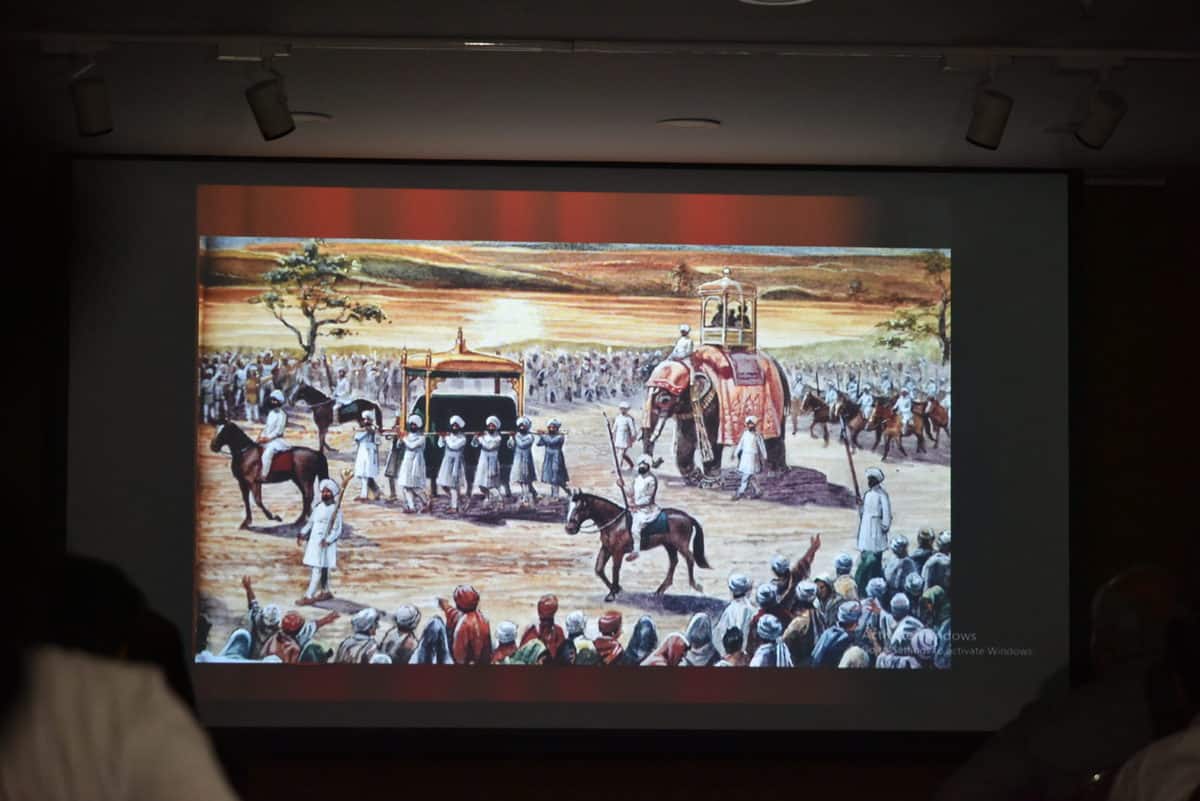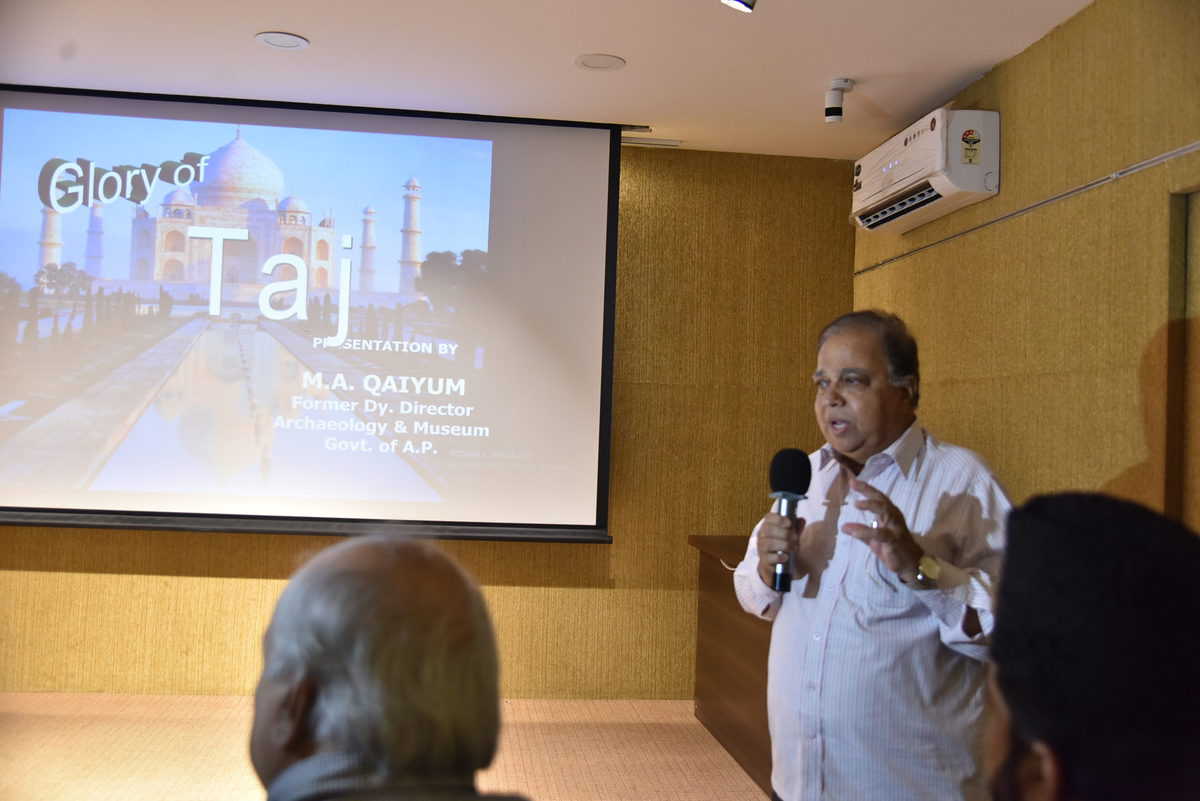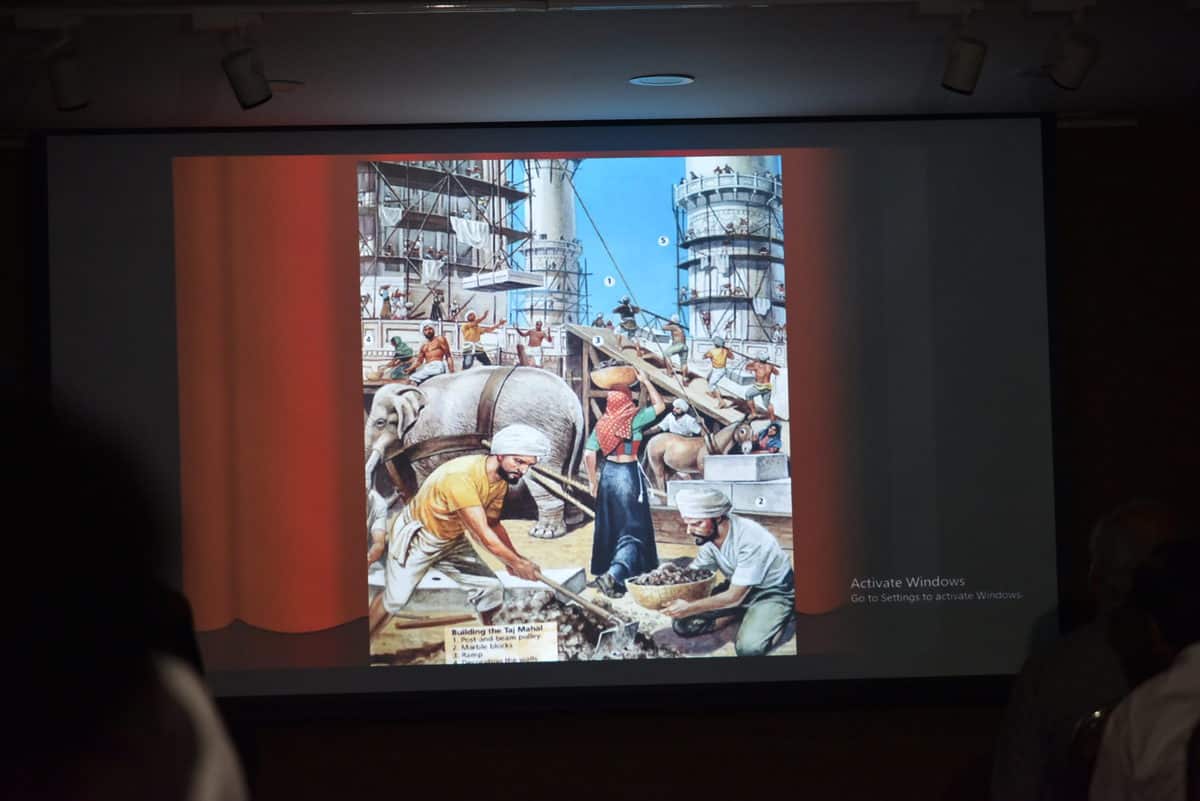Syed Khaled Shahbaaz
Hyderabad: Charminar’s design, particularly the four minarets, have strongly influenced the design of Taj Mahal, said former Deputy Director Department of Archaeology, Government of Andhra Pradesh, M A Qaiyum.
Delivering a talk titled ‘Glory of Taj’ organised by Media Plus Foundation at Media Plus Auditorium, Qaiyum said, “The four minarets of Taj Mahal, besides Charminar, were also influenced by the mausoleums of the Emperor Shah Jahan’s father Emperor Jahangir, and his father Emperor Akbar. There are strong similarities in the architecture found in Hyderabad Deccan and Taj Mahal.”

“Taj Mahal’s minarets, along with those of Chirminar, were influenced by mausoleums of Emperor Shah Jahan and his father Jahangir. There are strong similarities between the architecture of Hyderabad Deccan and the structural designs of India’s globally renowned monument.
Originally, the Charminar featured four minarets. Its construction was completed in 1591, a year after Shah Jahan’s birth. 40 years later, the Taj Mahal’s construction commenced. Around 1612, Akbar’s mausoleum was constructed and it had four minarets. Subsequently in 1627, Noor Jahan built a mausoleum for her husband Jahangir which also possessed four minarets as a grand imposing structure. These minarets have a dominant effect on the entire mausoleum.
He said, “Shah Jahan and his wife had once travelled through Deccan region (now Hyderabad) and that’s how Charminar’s influenced graced Taj Mahal.”
When the Taj Mahal was being planned and artists started presenting its models for construction, Shah Jahan had four minarets in mind from the original Charminar and the subsequent structures with four minarets found in his father Jahangir’s and grandfather Akbar’s mausoleums, he said.

According to Qaiyum, “The Taj Mahal continues to amaze architects with its impeccable design, structure and grace. However, the structural design of minarets attained perfection with their construction in Taj Mahal.”
Furthermore, the minarets of the Taj Mahal are designed leaning slightly outwards. This is an engineering marvel to protect the Taj Mahal if the minarets were to collapse in case of an earthquake.” The structure itself stands on the edge of the Yamnuna (Jamuna) river and was built to honour Queen Arjumand Bano’s last wish.
Arjumand Bano, popularly known as Mumtaz Mahal, wanted the King to build a mausoleum of magnificence, one never seen by the world. The queen also asked the King to not marry another woman after her death.
Qaiyum said, “Emperor Shah Jahan was one of the wisest and most influential personas of the Mughal era. He asked his ministers of get artisans from different parts of the country to construct his desired structure.” Similarly, “Many of the jewels adorning the Taj Mahal were transported from Hyderabad.”

Emperor Shah Jahan commissioned more than 20,000 workers who were supervised by dozens of architects, engineers and maestros in different fields. More than 350 years later, the Taj continues to draw millions of visitors every year.
The central dome of the Taj Mahal stands without assistance from any reinforcing material and was built after the death of Mumtaz Mahal while she was delivering a child in 1631. Taj Mahal, a magnum opus of eternal love was declared as a UNESCO World Heritage Site in 1983.
The presentation featured rare pictures, paintings of Shah Jahan and his wife, artistic depictions of the construction of Taj, and different pictures of the iconic mausoleum with interesting narrations.
Personalities from different walks of life including academicians, students and admirers of history were present at the event.
Earlier, former Chairman of Islamic Development Bank in India Zafar Javeed felicitated Qaiyum for his work and research on the Taj Mahal. Dr Anupama Koneru, Prof. Shehbaz Ahmed and Ms Vibha Asthana among others were also present at the talk.

